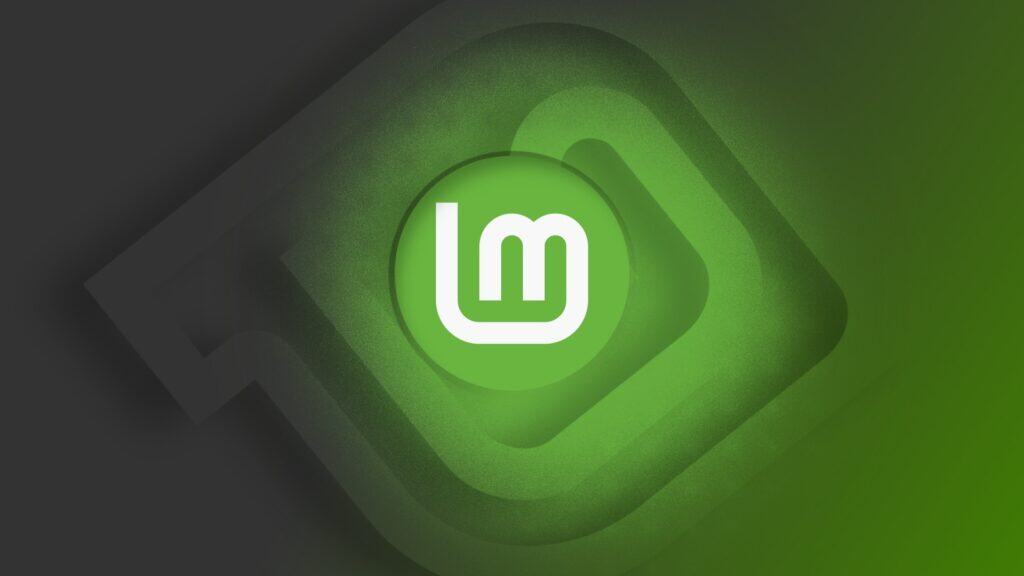Linux Mint has released its regular monthly newsletter; this time, we have some exciting updates to share. First, the team confirmed the labels for its next point release and upcoming Debian-based edition. Linux Mint 22.2 will answer to “Zara,” while LMDE 7 (the Mint variant built directly on Debian rather than Ubuntu) has been dubbed “Gigi.”
Linux Mint 22.2 is expected to be released in the next few months and, like earlier 22.x versions, it will be based on Ubuntu 24.04 LTS. As for LMDE 7, it’s likely to show up a few months after the release of Debian 13 “Trixie,” which is currently expected around July—so realistically, we probably won’t see LMDE 7 before October.
Next, the post noted that the popular video content creator PewDiePie has joined the ranks of Mint users. I just want to say something here—I’ll admit, until a few days ago, I had no idea who PewDiePie is. Honestly, I still don’t (I guess I’m just getting older).
But his recent use of Linux, shared with his massive audience, has caused quite a stir in the Linux community. It seems like having a big-name influencer (I think that’s the right term?) with 110M subscribers showing that he uses Linux (I use Arch, BTW, in case that matters to anyone) has made a real impact in helping to popularize the operating system globally. Now, back to the main topic.
The most visible change concerns theming. Mint-Y, the stock appearance for Cinnamon, MATE, and Xfce spins, now leans ever so slightly into the blue channel. The tweak is almost trivial: header bars are now lighter in the light theme, while the dark scheme shifts to a slightly darker shade (with matching adjustments for hover states).

Nevertheless, the effect is surprisingly immediate. Designers have long used a faint blue tint to make neutral grays feel more “metallic” and contemporary; GitHub’s UI, among many others, follows the same recipe. The new palette, therefore, helps Mint look modern without shouting for attention.
On the functional side, the XDG Desktop Portal XApp—Mint’s bridge between sandboxed Flatpak apps and the host desktop—now exposes an accent_color to libAdwaita applications. Theme authors need only declare one line of CSS, and Flatpak packages that rely on GNOME’s libAdwaita toolkit will pick up the hint automatically.
For users, that means system-consistent highlights across Cinnamon’s panel, a third-party Flatpak, and everything in between. For developers, it is one less hand-rolled patch per app, which everyone can appreciate.

Speaking of libAdwaita, Mint’s developers have been searching for a way to keep modern GNOME applications functional without sacrificing theming or window-control conventions. In the short term, Mint had been shipping GTK3 fallbacks, but that stopgap could not last forever.
Lastly, the team experimented with patching libAdwaita itself, disabling its built-in stylesheet, and slipping Mint-Y (and even the legacy Mint-X) into the driver’s seat. Early tests—featuring gnome-calendar, gnome-characters, and the e-reader Foliate—are promising. Should the approach hold up, Mint might no longer need to downgrade GNOME apps, thereby reducing fragmentation while still honoring the desktop’s theming freedom.
For more information, see the announcement on Mint’s blog.
Image credits: Linux Mint
